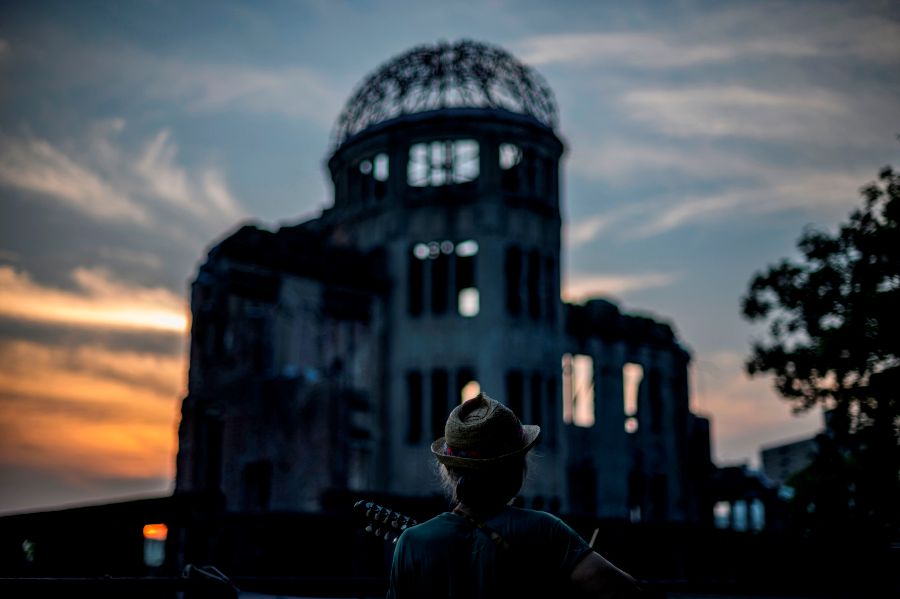A JAPANESE high court has upheld an earlier ruling that recognised those who were exposed to radioactive "black rain" outside a designated area as atomic bomb survivors.
The recognition comes as the court dismissed an appeal by the Hiroshima prefectural and municipal governments that challenged the lower court ruling.
According to the Asahi Shimbun, the Hiroshima District Court had ruled in July last year that all 84 plaintiffs should be recognised as hibakusha, a person affected by the atomic bombing, and they should receive the same benefits.
It also said that the government standards on the black rain issue lacked rationality.
Hiroshima authorities had appealed the court ruling, saying it was not based on sufficient scientific knowledge.
The high court said black rain fell in a wider area beyond the designated zone and the plaintiffs are likely to have suffered health damage due to the radiation.
The lawsuit was first filed in 2015 and it challenged the central government's definition on who could be considered a hibakusha. The plaintiffs' applications for health care benefits filed between 2015 and 2018 have also been previously rejected as they resided outside the zone.
The government said the only people eligible for the recognition were those who lived in an area delineated by local meteorologists where they said heavy rain fell.
The 84 plaintiffs, some of whom died before the ruling, all lived outside the designated area.
In 2008, the Hiroshima local government conducted a study of about 37,000 residents and concluded there was a possibility black rain fell on an area about six times the size of the area used to determine eligibility to be recognised as a hibakusha.
The court said the plaintiffs could have become exposed to radiation not only through the black rain, but also by ingesting radiation contaminated water and food.
Recognition as hibakusha makes the plaintiffs eligible for free medical treatment and other benefits if they developed 11 specific illnesses caused by radiation.
Kyodo News said the latest ruling is expected to impact the ongoing review by the central government on areas where black rain fell and its health impact.
Chief Cabinet Secretary Katsunobu Kato later said the central government will decide on what to do after discussing its response with the Hiroshima governments, as well as ministries and agencies concerned.
The central government currently designates an oval shaped area measuring 19km in length and 11km in width as the zone where black rain fell for an hour or longer after the bombing.
Last November, the health ministry launched a review panel of experts to study areas where black rain fell after the local governments asked for the recognised black rain zone to be expanded based on the district court's ruling.
However, the panel has not reached a conclusion yet.





